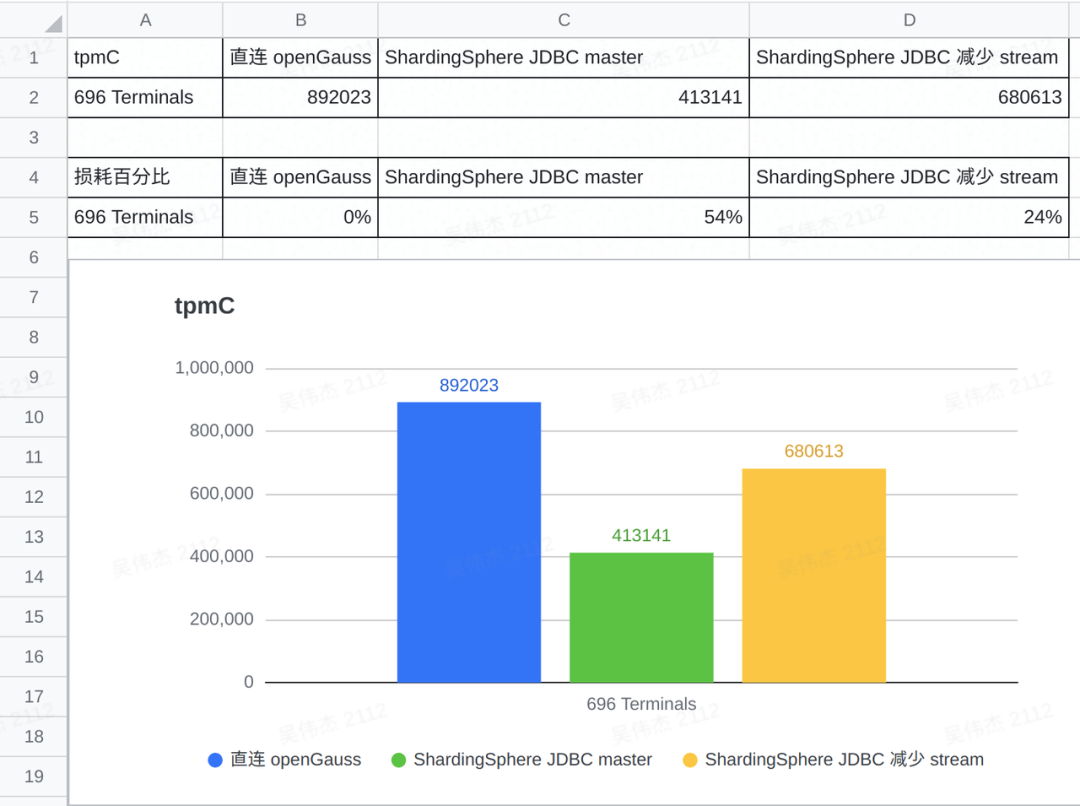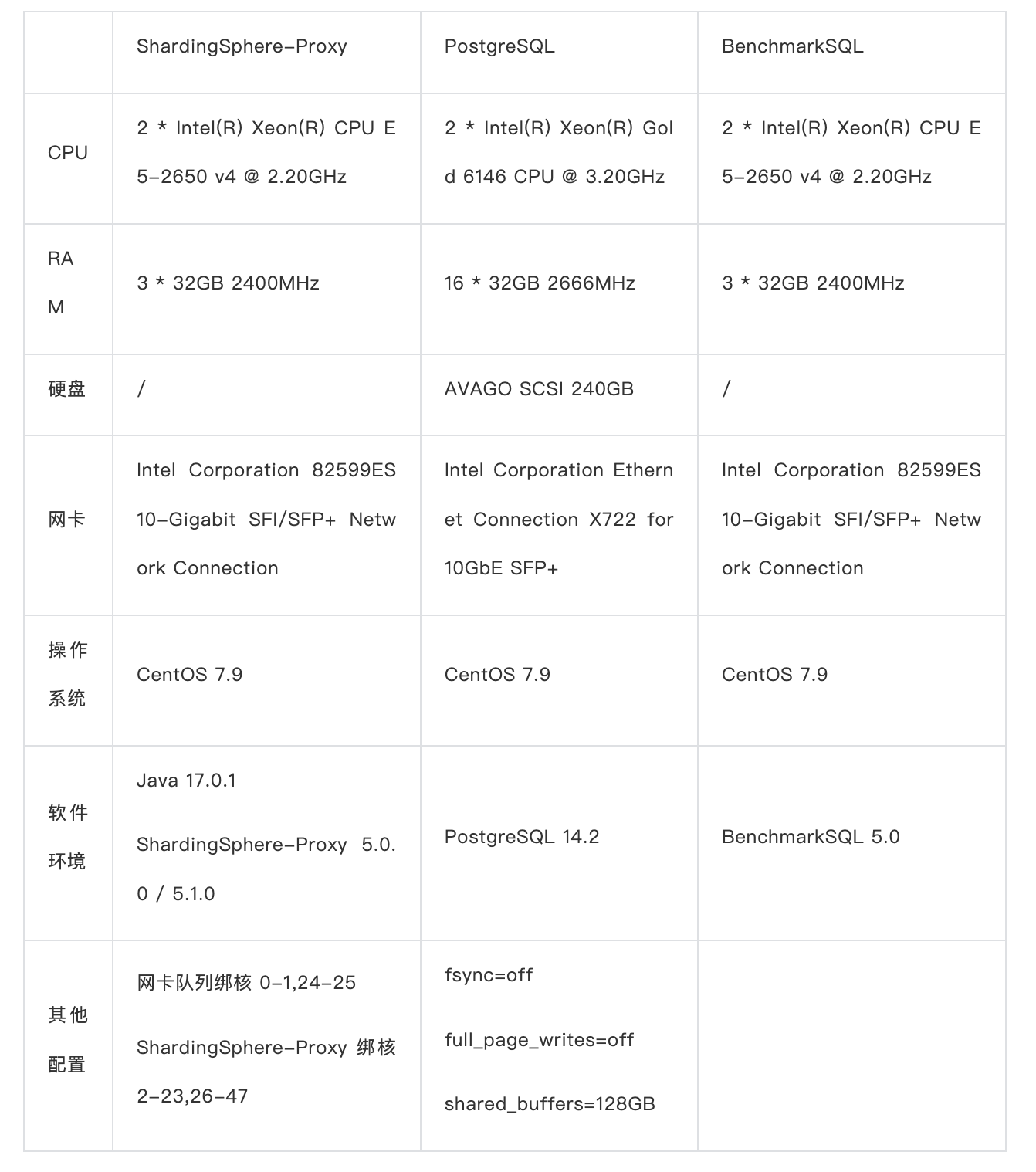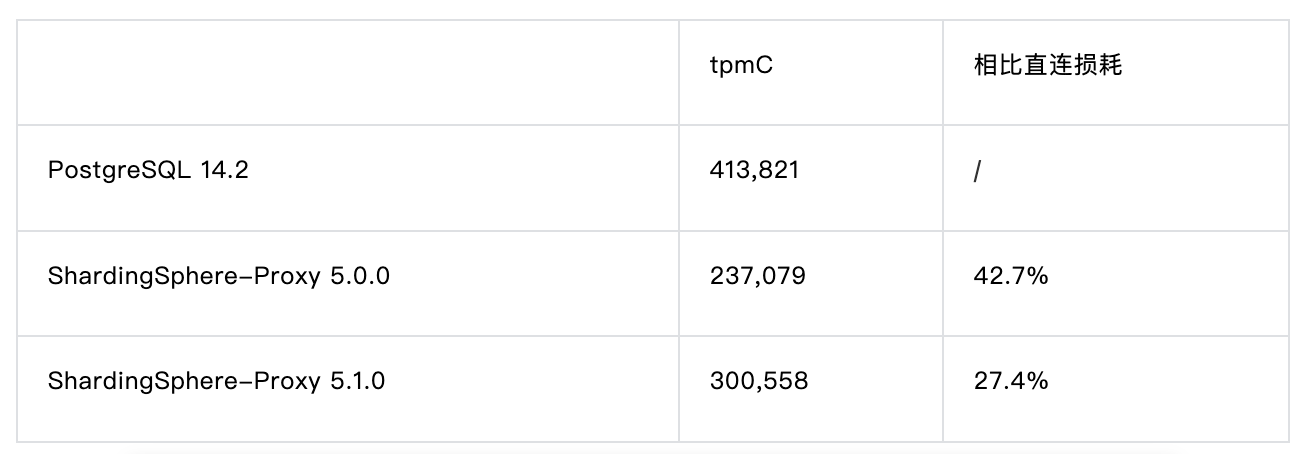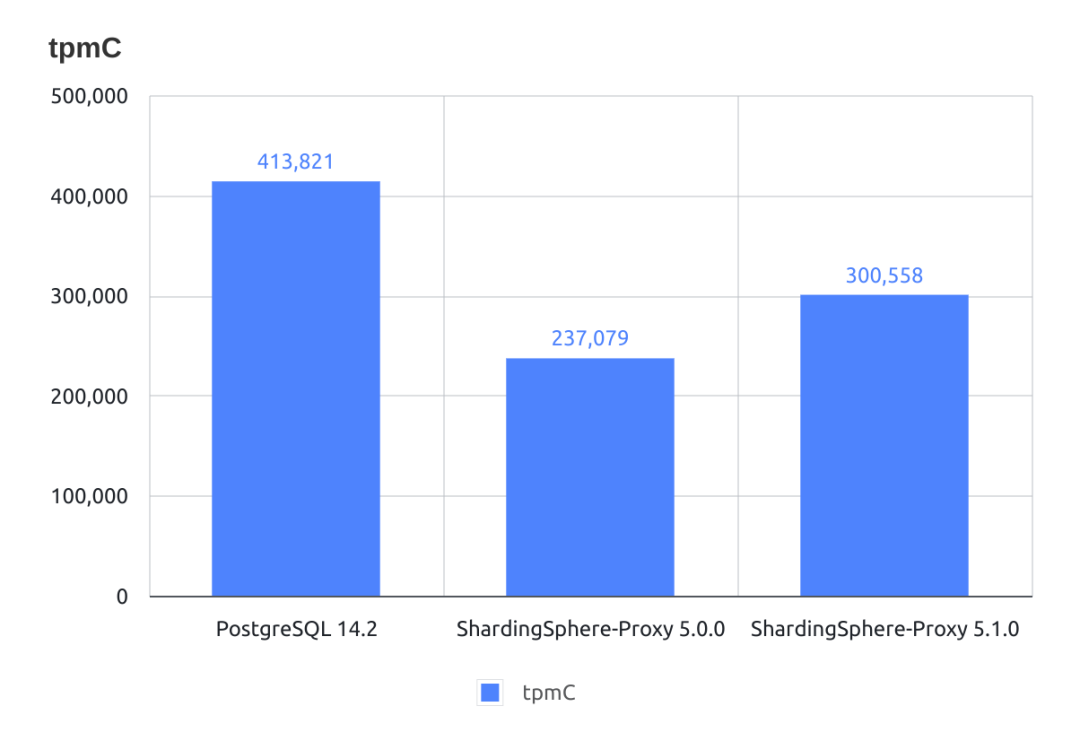干货|性能提升密钥,由代码细节带来的极致体验
前言
众所周知,代码是项目的核心所在,一段小小的代码可能会影响到整个项目的体验。一个项目从 0 到 1,从成长到成熟,离不开代码的精心打磨。细节决定成败,一个优秀的开源项目也正是如此,本篇干货经验贴,将以 ShardingSphere 5.1.0 性能提升为例,带大家感受代码细节带来的极致体验,如何在代码上实现飞跃。
吴伟杰,SphereEx 基础设施研发工程师,Apache ShardingSphere Committer。目前专注于 Apache ShardingSphere 及其子项目 ElasticJob 的研发。
优化内容
更正 Optional 的使用方式
Java 8 引入的 java.util.Optional 能够让代码更加优雅,例如避免方法直接返回 null。其中 Optional有两个比较常用的方法:
在 ShardingSphere 的类 org.apache.shardingsphere.infra.binder.segment.select.orderby.engine.OrderByContextEngine中有这么一段使用了 Optional的代码:
以上这种使用 orElse 的写法,即使 result 的结果不为空,orElse 里面的方法也会被调用,尤其是 orElse 里面的方法涉及修改操作时,可能会发生意料之外的事情。涉及方法调用的情况下应调整为下面的写法:
使用 lambda 提供一个 Supplier 给 orElseGet,这样只有 result 为空的时候才会调用 orElseGet 里面的方法。
相关 PR:https://github.com/apache/shardingsphere/pull/11459/files
避免高频并发调用 Java 8 ConcurrentHashMap 的 computeIfAbsent
java.util.concurrent.ConcurrentHashMap是我们在并发场景下比较常用的一种 Map,相比对所有操作以 synchronized 修饰的 java.util.Hashtable,ConcurrentHashMap在保证线程安全的情况下提供了更好的性能。但在 Java 8 的实现中,ConcurrentHashMap 的 computeIfAbsent 在 key 存在的情况下,仍然会在 synchronized 代码块中获取 value,在对同一个 key 高频调用 computeIfAbsent 的情况下非常影响并发性能。
参考:https://bugs.openjdk.java.net/browse/JDK-8161372
这个问题在 Java 9 解决了,但为了在 Java 8 上也能保证并发性能,我们在 ShardingSphere 的代码中调整写法规避这一问题。
以 ShardingSphere 的一个高频调用的类 org.apache.shardingsphere.infra.executor.sql.prepare.driver.DriverExecutionPrepareEngine为例:
以上代码传入 computeIfAbsent 的 type只有 2 种,而且这段代码是大部分 SQL 执行的必经之路,也就是说会并发高频地对相同 key 调用 computeIfAbsent 方法,导致并发性能受限。我们采用如下方式规避这一问题:
相关 PR:https://github.com/apache/shardingsphere/pull/13275/files
避免高频调用 java.util.Properties
java.util.Properties 是 ShardingSphere 在配置方面比较常用的一个类,Properties 继承了 java.util.Hashtable,因此要避免在并发情况下高频调用 Properties 的方法。
我们排查到 ShardingSphere 与数据分片算法有关的类 org.apache.shardingsphere.sharding.algorithm.sharding.inline.InlineShardingAlgorithm中存在高频调用 getProperty的逻辑,导致并发性能受限。我们的处理方式为:将涉及 Properties 方法调用的逻辑放在 InlineShardingAlgorithm的 init 方法内完成,避免在分片算法计算逻辑的并发性能。
相关 PR:https://github.com/apache/shardingsphere/pull/13282/files
避免使用 Collections.synchronizedMap
在排查 ShardingSphere 的 Monitor Blocked 过程中,发现在 org.apache.shardingsphere.infra.metadata.schema.model.TableMetaData这个类中使用了 Collections.synchronizedMap修饰会被高频读取的 Map,影响并发性能。经过分析,被修饰的 Map 只会在初始化阶段有修改操作,后续都是读取操作,我们直接移除 Collections.synchronizedMap修饰方法即可。
相关 PR:https://github.com/apache/shardingsphere/pull/13264/files
字符串拼接代替不必要的 String.format
在 ShardingSphere 的类 org.apache.shardingsphere.sql.parser.sql.common.constant.QuoteCharacter有这么一段逻辑:
显然上面的逻辑就是做一个字符串拼接,但使用 String.format的方式相比直接字符串拼接的开销会更大。我们修改成以下方式:
我们用 JMH 做一个简单的测试,测试结果:
可以看出,使用 String.format 相比使用 +拼接字符串的开销会更大,且自 Java 9 起优化了直接拼接字符串的性能。由此可见选择合适的字符串拼接方式的重要性。
相关 PR:https://github.com/apache/shardingsphere/pull/11291/files
使用 for-each 代替高频 stream
ShadingSphere 5.x 代码中使用了较多的 java.util.stream.Stream。
在我们之前做的一次 BenchmarkSQL(TPC-C 测试的 Java 实现) 压测 ShardingSphere-JDBC + openGauss 的性能测试中,我们发现将压测过程中发现的所有高频 stream 替换为 for-each 后,ShardingSphere-JDBC 的性能提升明显。

*注:ShardingSphere-JDBC 与 openGauss 分别在 2 台 128 核 aarch64 的机器上,使用毕昇 JDK 8。
以上测试结果也可能和 aarch64 平台及 JDK 有关。不过 stream 本身存在一定开销,性能在不同场景下差异较大,对于高频调用且不确定 stream 能够优化性能的逻辑,我们考虑优先使用 for-each 循环。
相关 PR:https://github.com/apache/shardingsphere/pull/13845/files
避免不必要的逻辑(重复)调用
避免不必要的逻辑重复调用有很多案例:
hashCode 计算
ShardingSphere 有个类 org.apache.shardingsphere.sharding.route.engine.condition.Column实现了 equals 和 hashCode方法:
显而易见,上面这个类是不可变的,但是却在 hashCode 方法的实现中每次都调用方法计算 hashCode。如果这个对象频繁在 Map 或者 Set 中存取,就会多出很多不必要的计算开销。
调整后:
相关 PR:https://github.com/apache/shardingsphere/pull/11760/files
使用 lambda 代替反射调用方法
在 ShardingSphere 源码中,有以下场景需要记录方法及参数调用,并在需要的时候对指定对象重放方法调用:
向 ShardingSphere-Proxy 发送 begin 等语句;
使用 ShardingSpherePreparedStatement 为指定位置的占位符设置参数。
以如下代码为例,重构前,使用反射的方式记录方法调用及重放,反射调用方法本身存在一定的性能开销,且代码可读性欠佳:
重构后,避免了使用反射调用方法的开销:
相关 PR:
https://github.com/apache/shardingsphere/pull/10466/files
https://github.com/apache/shardingsphere/pull/11415/files
Netty Epoll 对 aarch64 的支持
Netty 的 Epoll 实现自 4.1.50.Final 支持 aarch64 架构的 Linux 环境。在 aarch64 Linux 环境下,使用 Netty Epoll API 相比 Netty NIO API 能够提升性能。
参考:https://stackoverflow.com/a/23465481/7913731
5.1.0 与 5.0.0 ShardingSphere-Proxy TPC-C 性能测试对比
我们使用 TPC-C 对 ShardingSphere-Proxy 进行基准测试,以验证性能优化的成果。由于更早期版本的 ShardingSphere-Proxy 对 PostgreSQL 的支持有限,无法进行 TPC-C 测试,因此使用 5.0.0 与 5.1.0 版本对比。
为了突出 ShardingSphere-Proxy 本身的性能损耗,本次测试将使用数据分片(1 分片)的 ShardingSphere-Proxy 对比 PostgreSQL 14.2。
测试按照官方文档中的《BenchmarkSQL 性能测试(https://shardingsphere.apache.org/document/current/cn/reference/test/performance-test/benchmarksql-test/)》进行,配置由 4 分片缩减为 1 分片。
测试环境

测试参数
BenchmarkSQL 参数:
warehouses=192 (数据量)
terminals=192 (并发数)
terminalWarehouseFixed=false
运行时间 30 mins
PostgreSQL JDBC 参数:
defaultRowFetchSize=50
reWriteBatchedInserts=true
ShardingSphere-Proxy JVM 部分参数:
-Xmx16g
-Xms16g
-Xmn12g
-XX:AutoBoxCacheMax=4096
-XX:+UseNUMA
-XX:+DisableExplicitGC
-XX:LargePageSizeInBytes=128m
-XX:+SegmentedCodeCache
-XX:+AggressiveHeap
测试结果


在本文的环境与场景中所得到的结论:
以 ShardingSphere-Proxy 5.0.0 + PostgreSQL 为基准,5.1.0 性能提升约 26.8%。
以直连 PostgreSQL 为基准,ShardingSphere-Proxy 5.1.0 相比 5.0.0 损耗减少了约 15%,由 42.7% 降低至 27.4%。
由于代码细节优化遍布 ShardingSphere 各模块,以上测试结果并未覆盖所有优化点。
如何看待性能问题
可能不时会有人问,“ShardingSphere 性能怎么样?损耗多少?”
在我看来,性能能够满足需求即可。性能是一个比较复杂的问题,受非常多的因素影响。在不同的环境、场景下,ShardingSphere 的性能损耗有可能不到 1%,也有可能高达 50%,我们无法在脱离环境和场景的情况下给出答案。此外,ShardingSphere 作为基础设施,其性能是研发过程中重点考虑的因素之一,ShardingSphere 社区中的团队、个人也会持续发挥工匠精神,不断地将 ShardingSphere 的性能推向极致。












评论